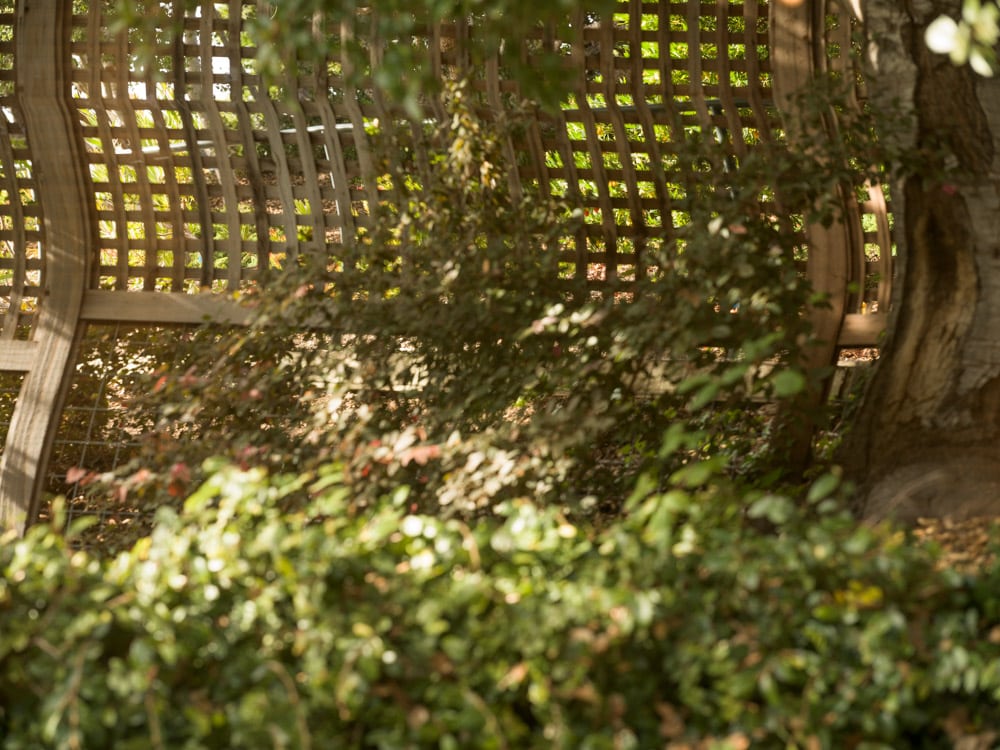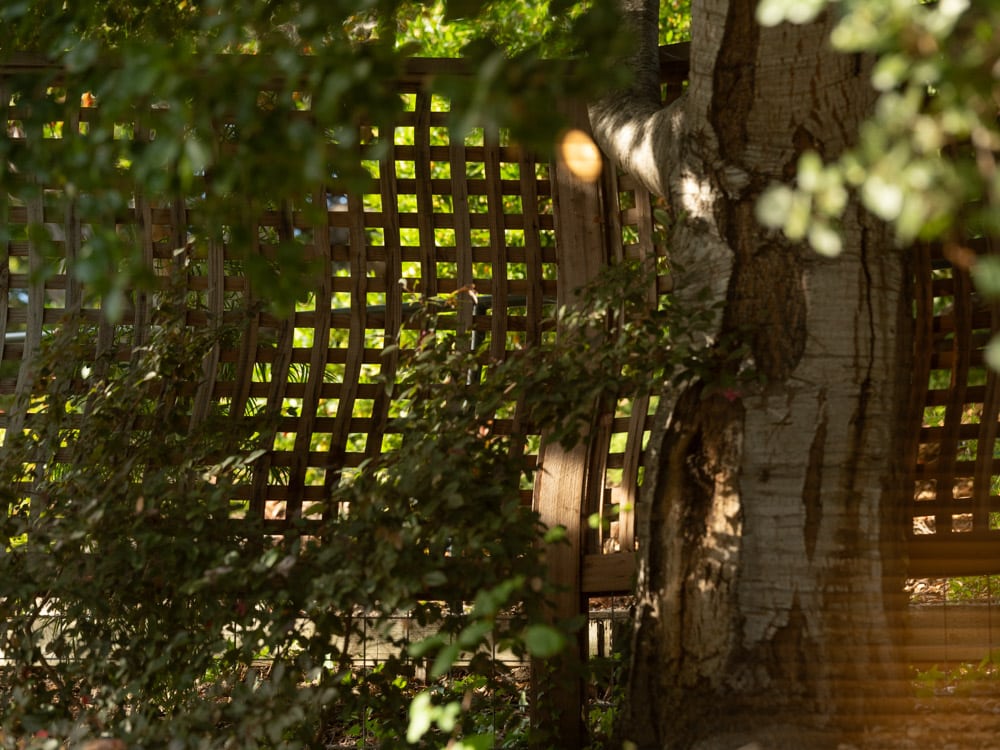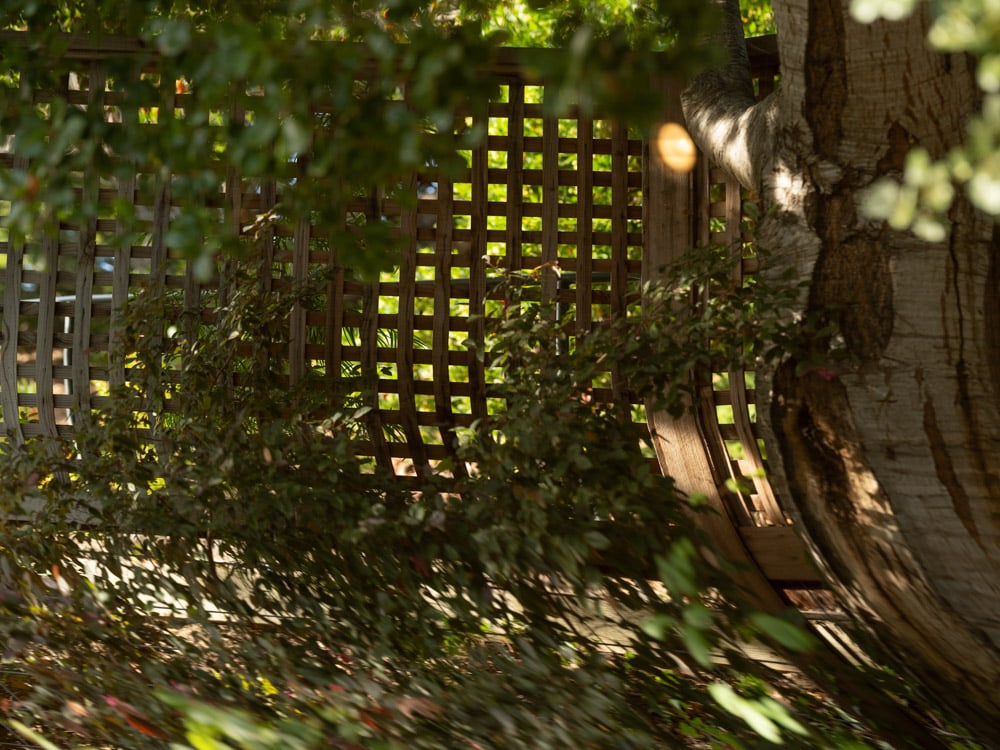This is the 20th post in a series of tests of the Fujifilm GFX 100, Mark II. You can find all the posts in this series by going to the Categories pane in the right hand panel and clicking on “GFX 100 II”.
Some have been complaining of blur and distortion when using in-body image stabilization (IBIS) and electronic shutter (ES) simultaneously with the GFX 100 II.
I am reminded of a conversation I once had with my internist:
Me: When I run on pavement, the balls of my feet hurt.
Doc: Then don’t run on pavement.
I didn’t think that was the right answer, and I found a podiatrist who fixed it so I could run on pavement. But there are echoes of that conversation in how I’d deal with this issue.
Photographer: I get blur and distortion when I use IBIS and ES together with the camera handheld.
Me: Don’t use ES with the camera handheld. Use EFCS unless you desperately need silent shutter operation.
I took an X2D with a 90 mm lens I”m not going to talk about, set it to 16-bit precision, ES, IBIS, ISO 1600, 1/800 second. I didn’t take any special care to hold it super steady.
This is what I got:

IBIS is a good thing, but it can’t completely deal with this situation.
I did the same with the GFX 100 II and a 110 mm f/2 GF lens. The lines were pretty straight. I went back and made another series, and this time I wasn’t careful with vibration at all.

Yep. Distortion.
By the way, 1/3 of a second — which is the scan time of the GFX 100 II and X2D ES at 16-bit precision. Is a long time, and lots of people think the exposure is over before it really is, and move the camera too soon. If you to that, you’ll get something like this:

By the way, if this little uncontrolled experiment is any indication, the GFX 100 II has better IBIS than the X2D.
I found something about this, no way!
I contacted Fuji support Germany about this issue this morning and I seem to have correctly identified the issue as being related to the IBIS.
Fuji support put it solely on the ES, but I found that to be unbelievable at 160th of a second, There was no way I managed to blur the lower fifth of the image at that speed several times only due to the redout speed of the ES.
When you turn off IBIS, does the issue go away for you?
I did have the same issues , I have nothing to do with ibis, when shooting through eye view with the electronic shutter almost every other pictures taken were blurr and deformed, I did contact with fuji and they told me this is the downfall of gfx100 2 and there is no fix for it, if you want to get away from it when shooting with eye view you have to switch to mechanical shutter, I hope this will help you.
You can make lemonade:
https://blog.kasson.com/the-last-word/making-lemonade-from-the-gfx-slow-electronic-shutter/
https://blog.kasson.com/the-last-word/macro-slit-scans/
Not sure why anyone would bother with an electronic shutter vs the leaf shutter that is in the fantastic lenses like the 55 and even the old h series. Feels like an experiment with such a large amount of data to process. I cared more about the e shutter before the x2d had the 90 available and was using adapted lenses. I really loved the 55 and the hc50-110 on the 0,8 converter. I did use my old mamiya 80 1.9 at times but is would switch to the lower 14 bit in order to tale advantage of the faster read out.